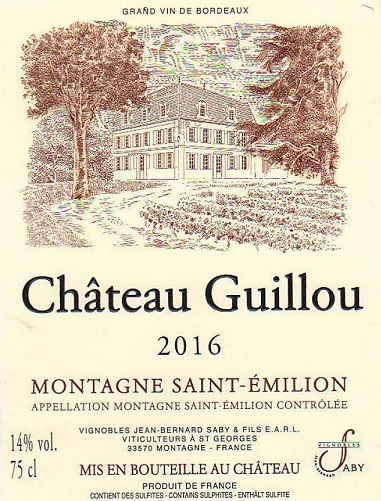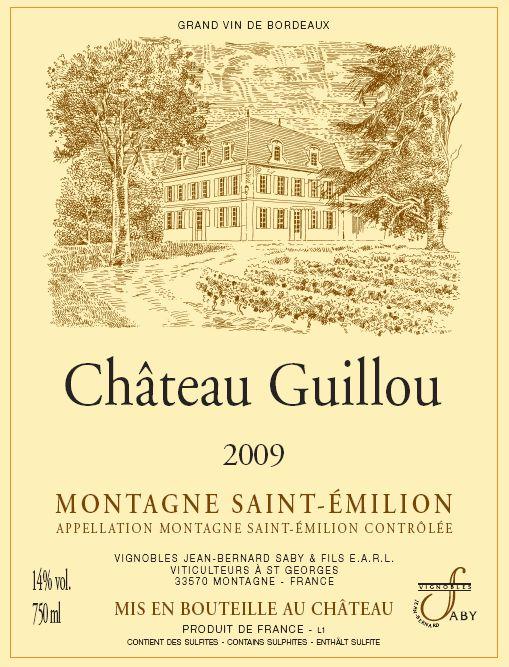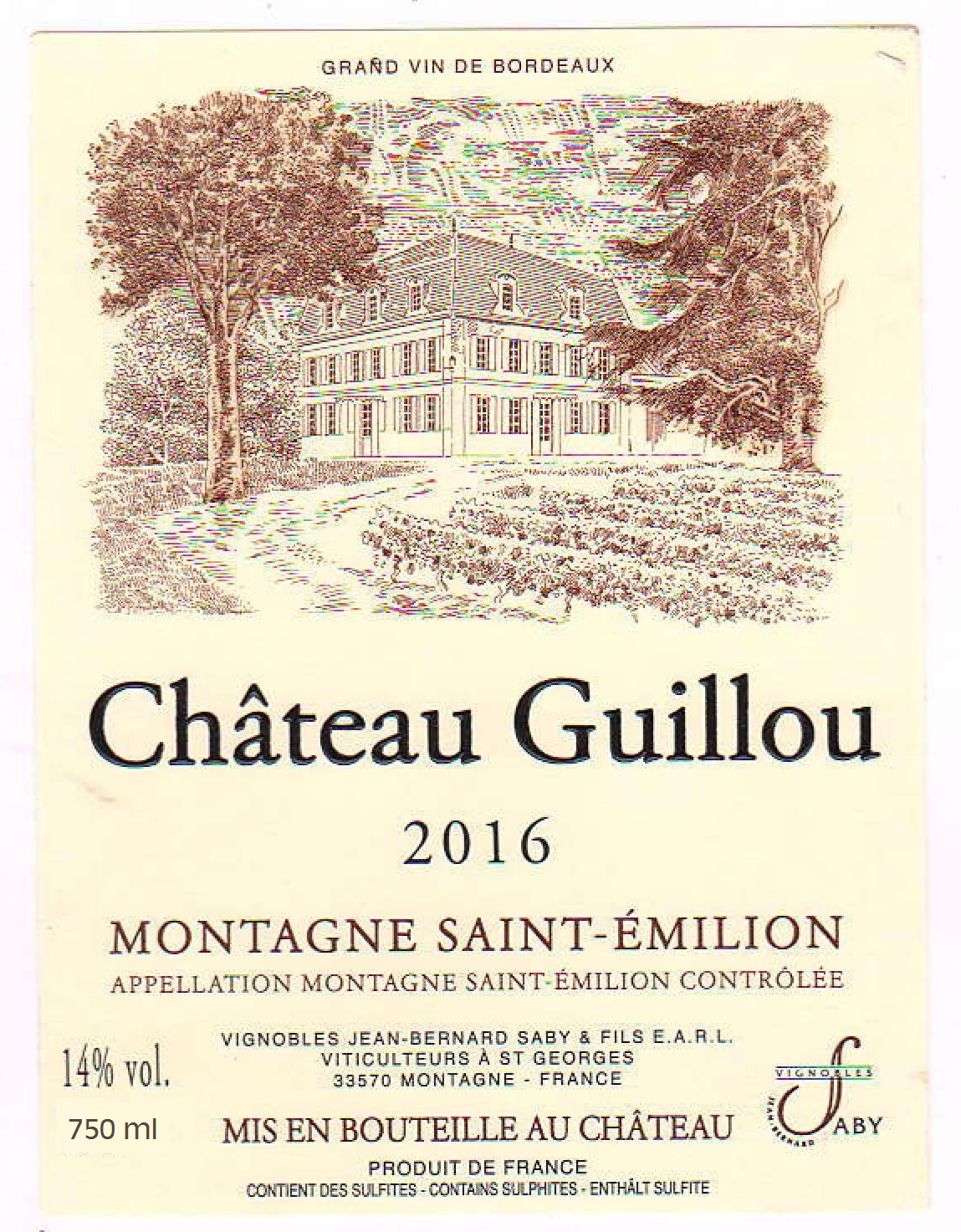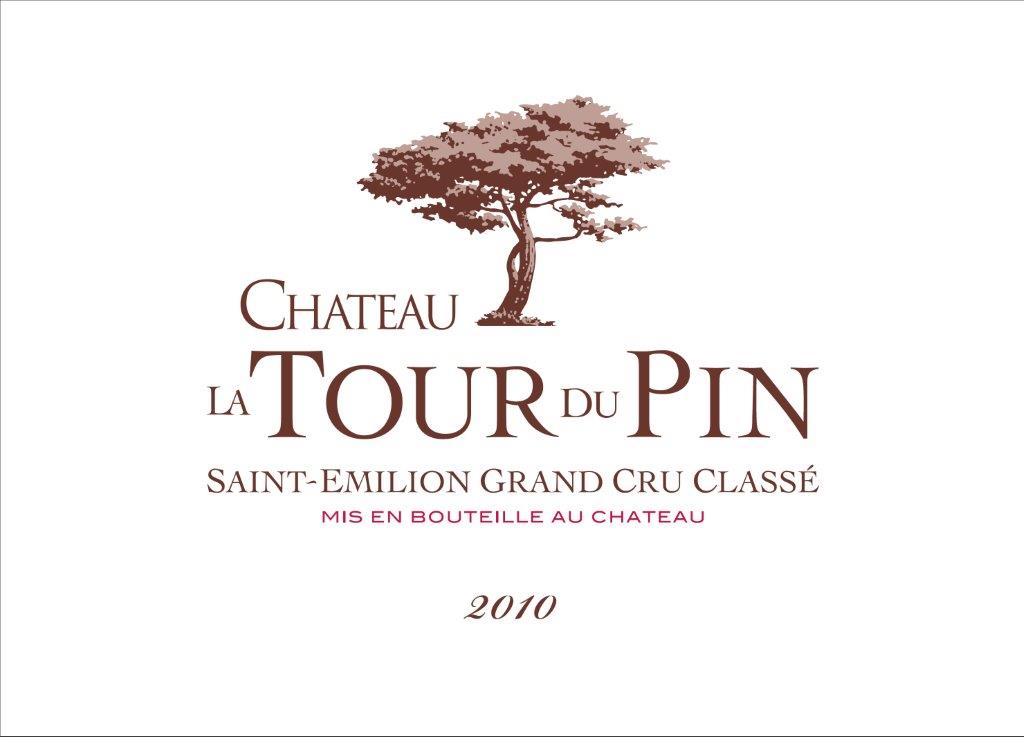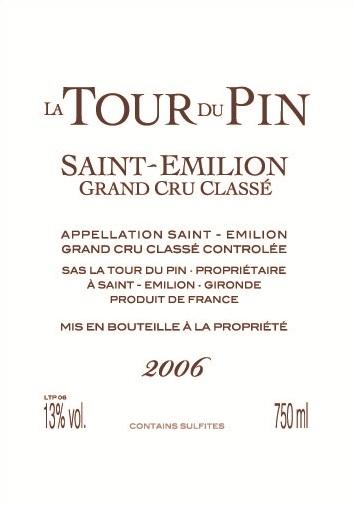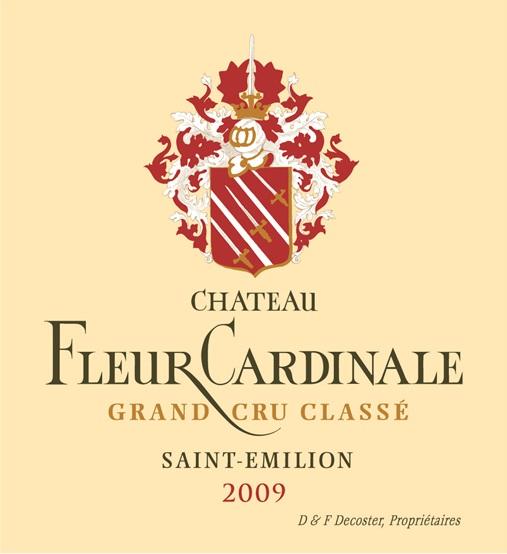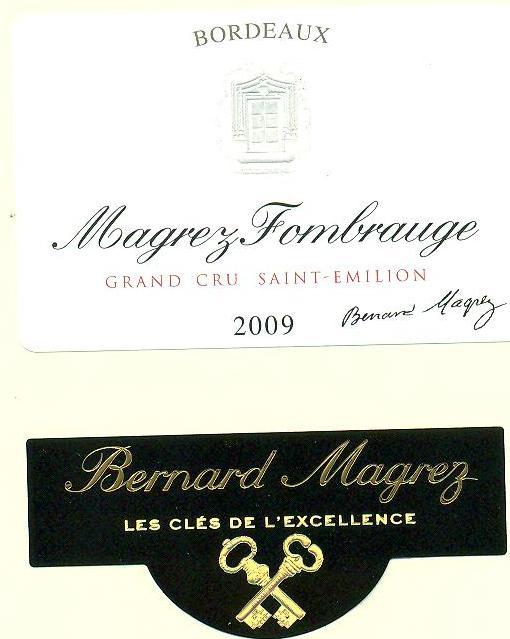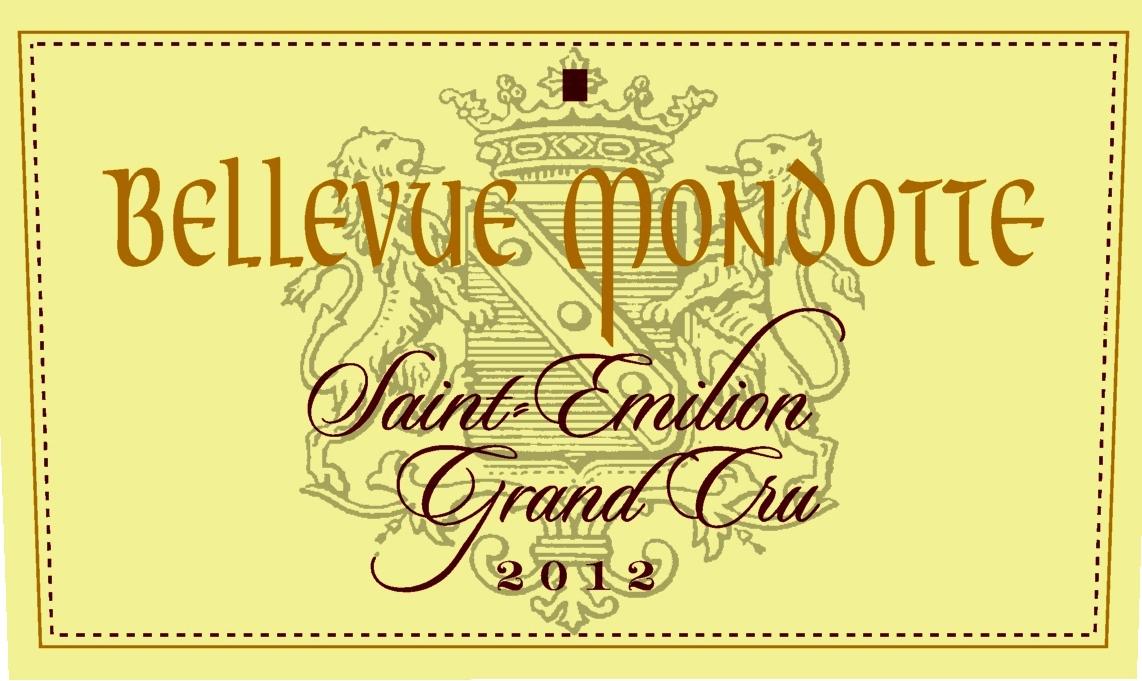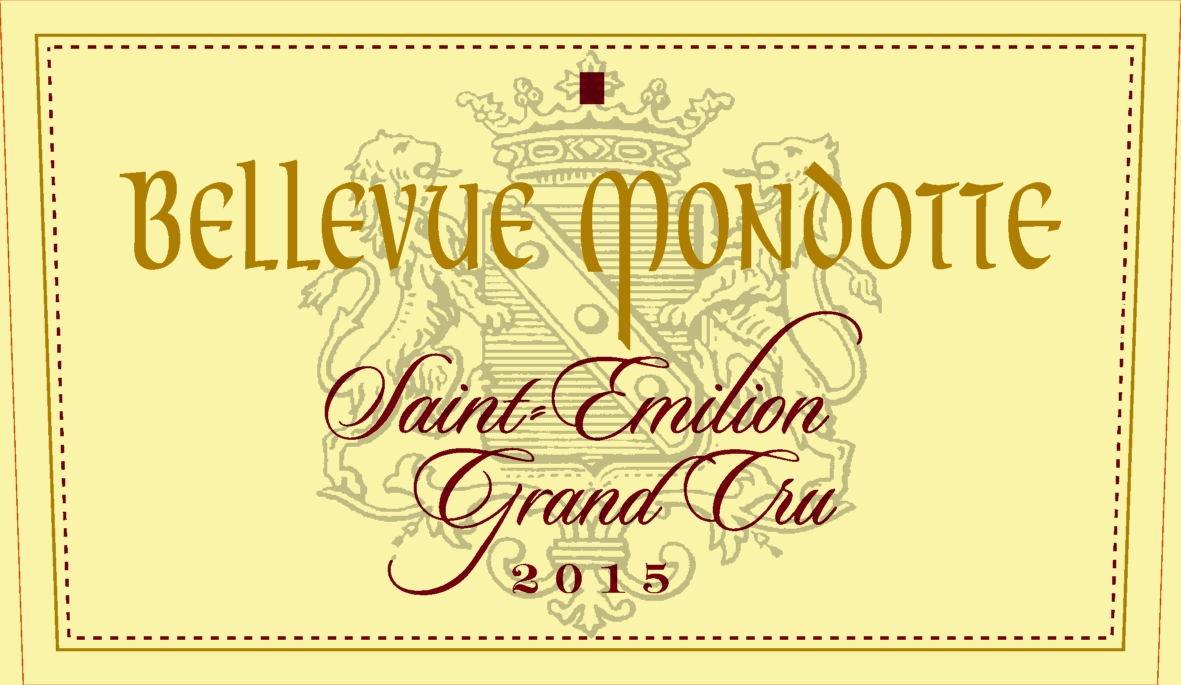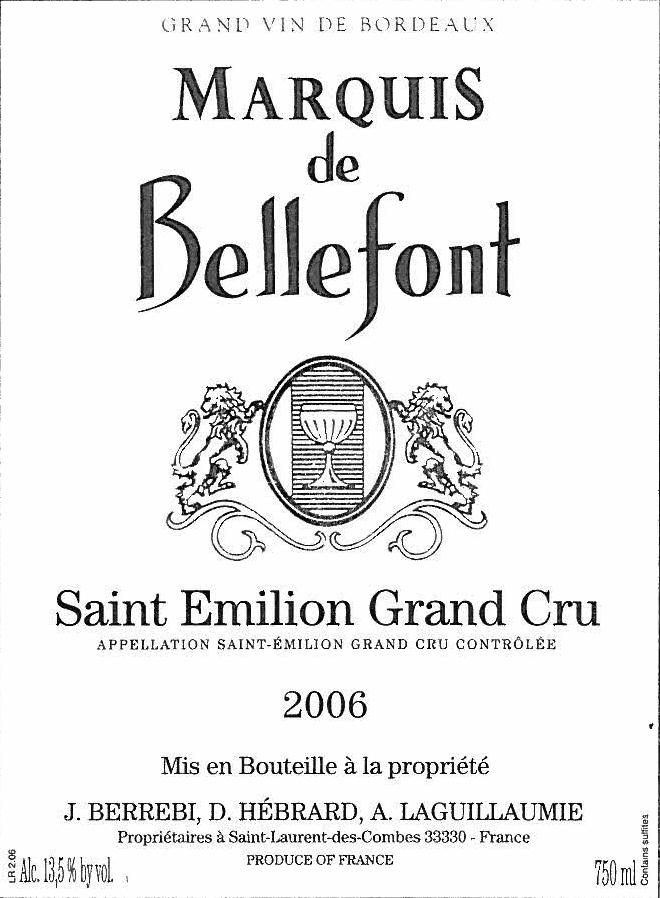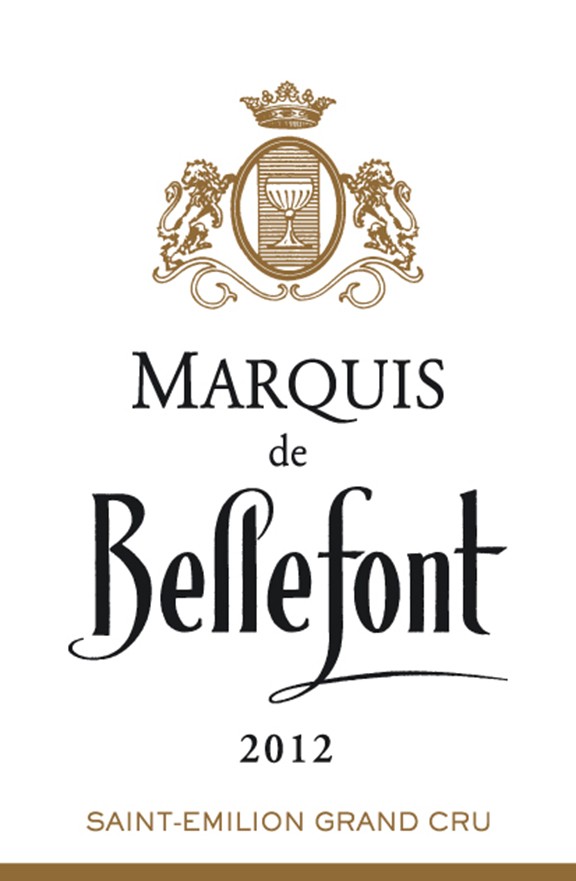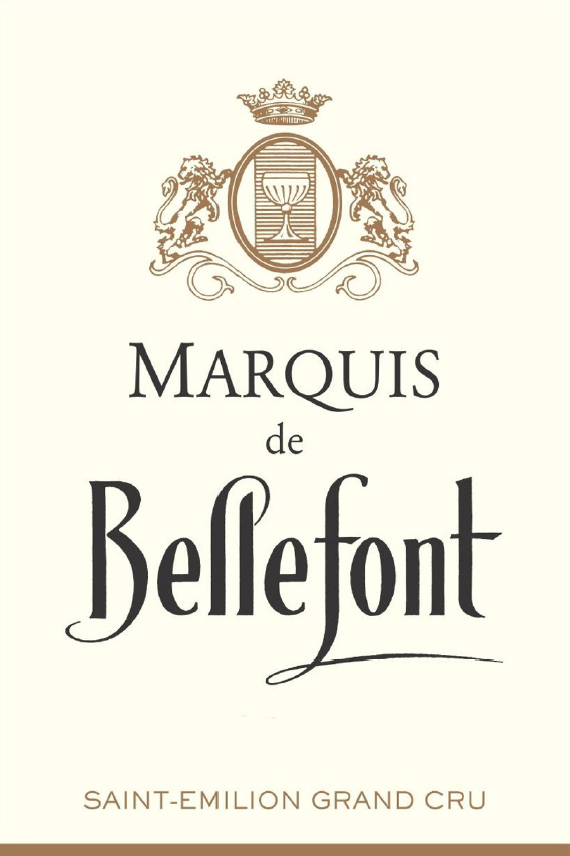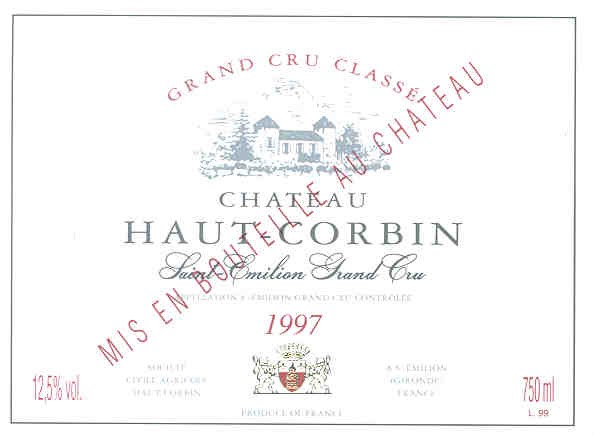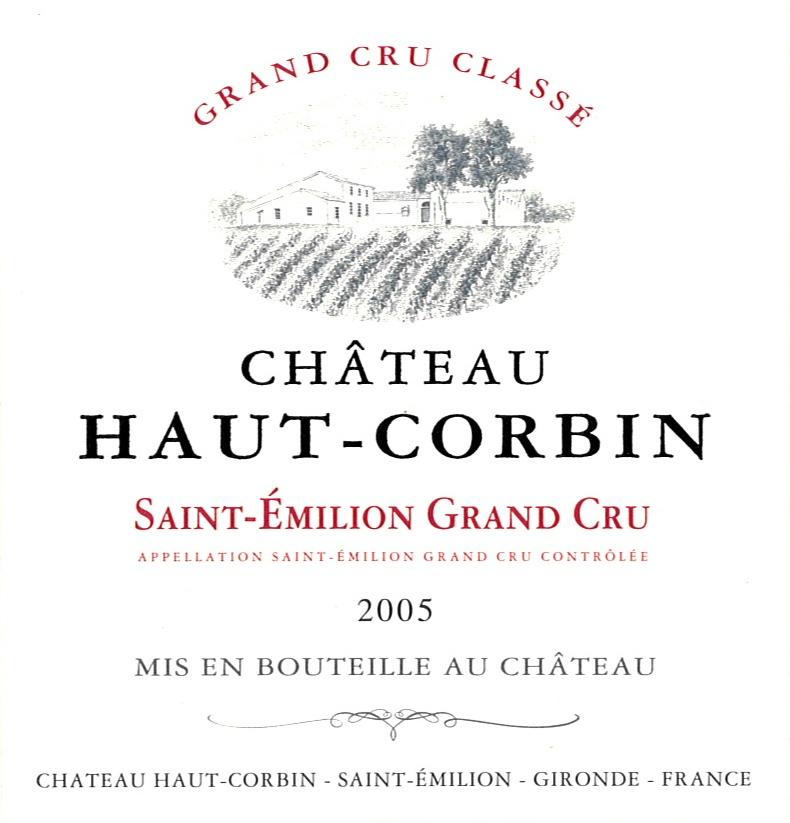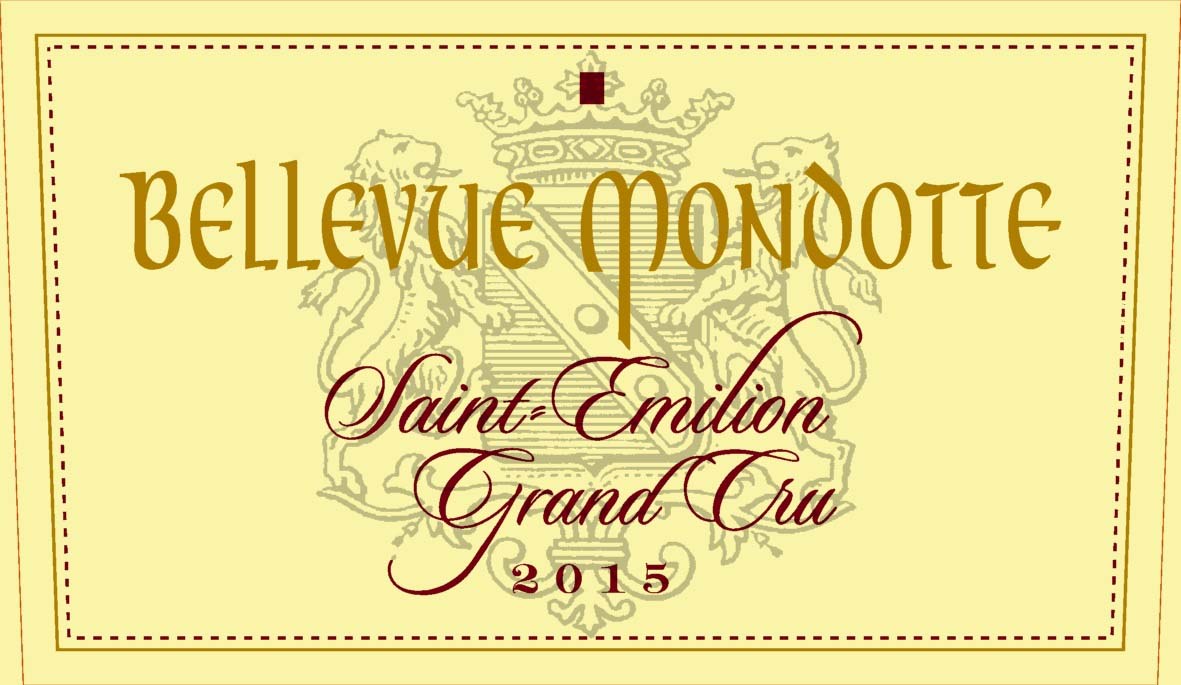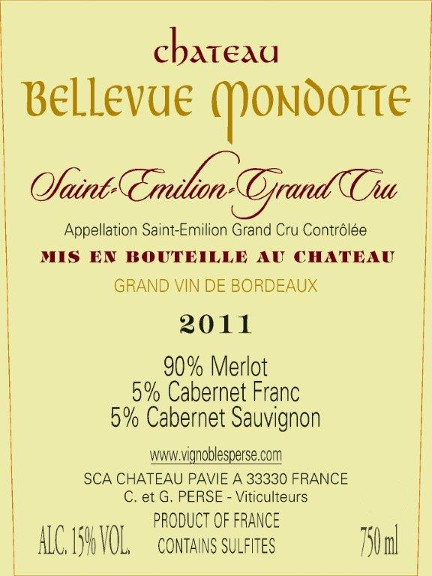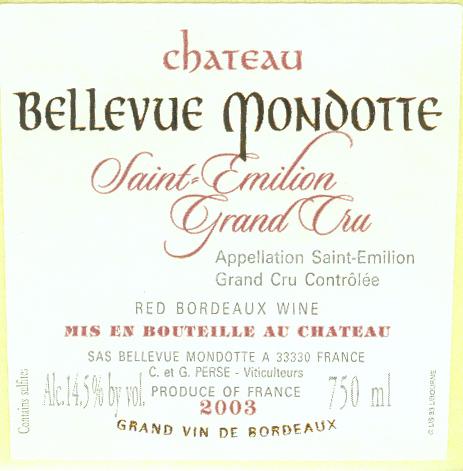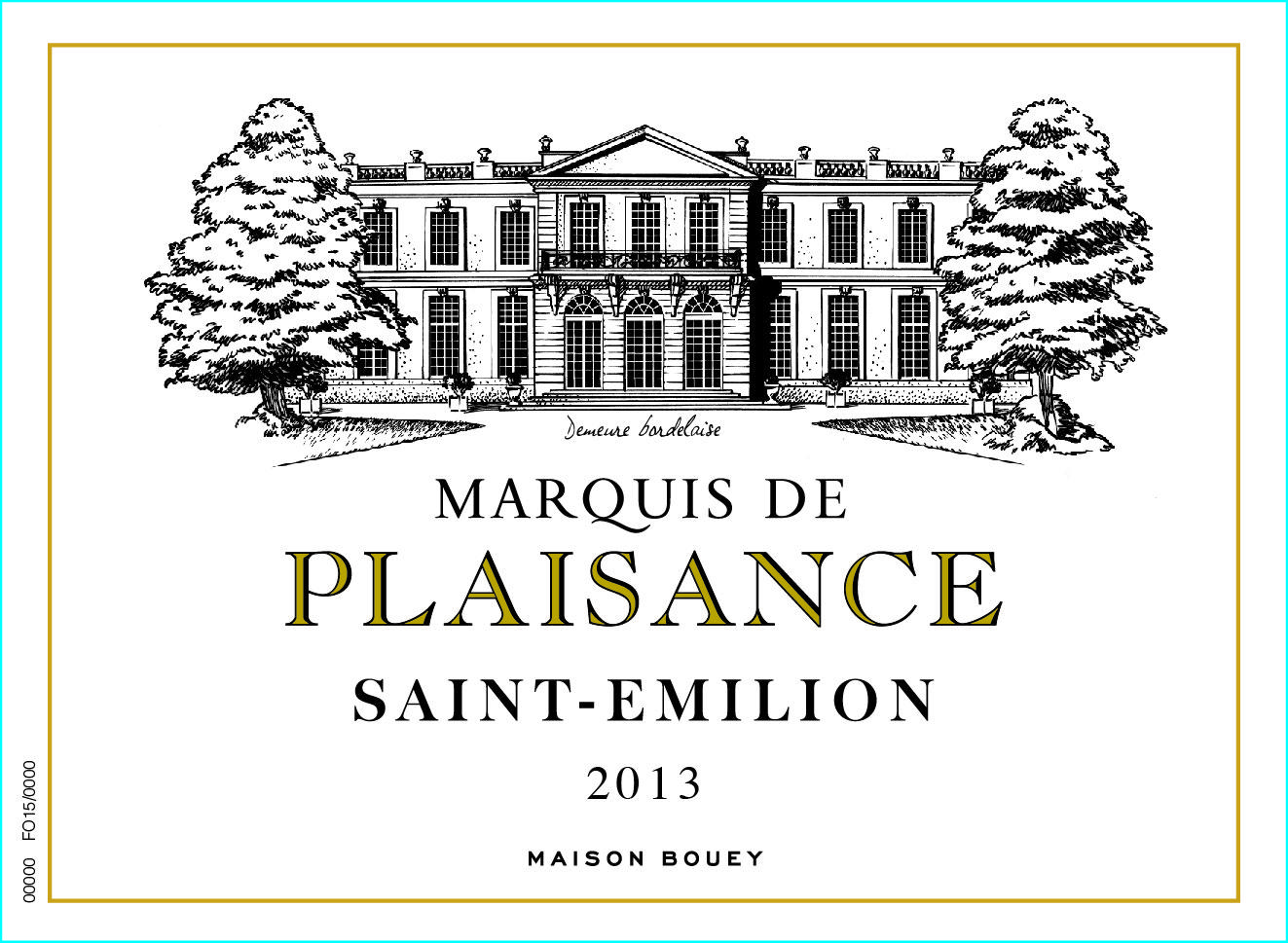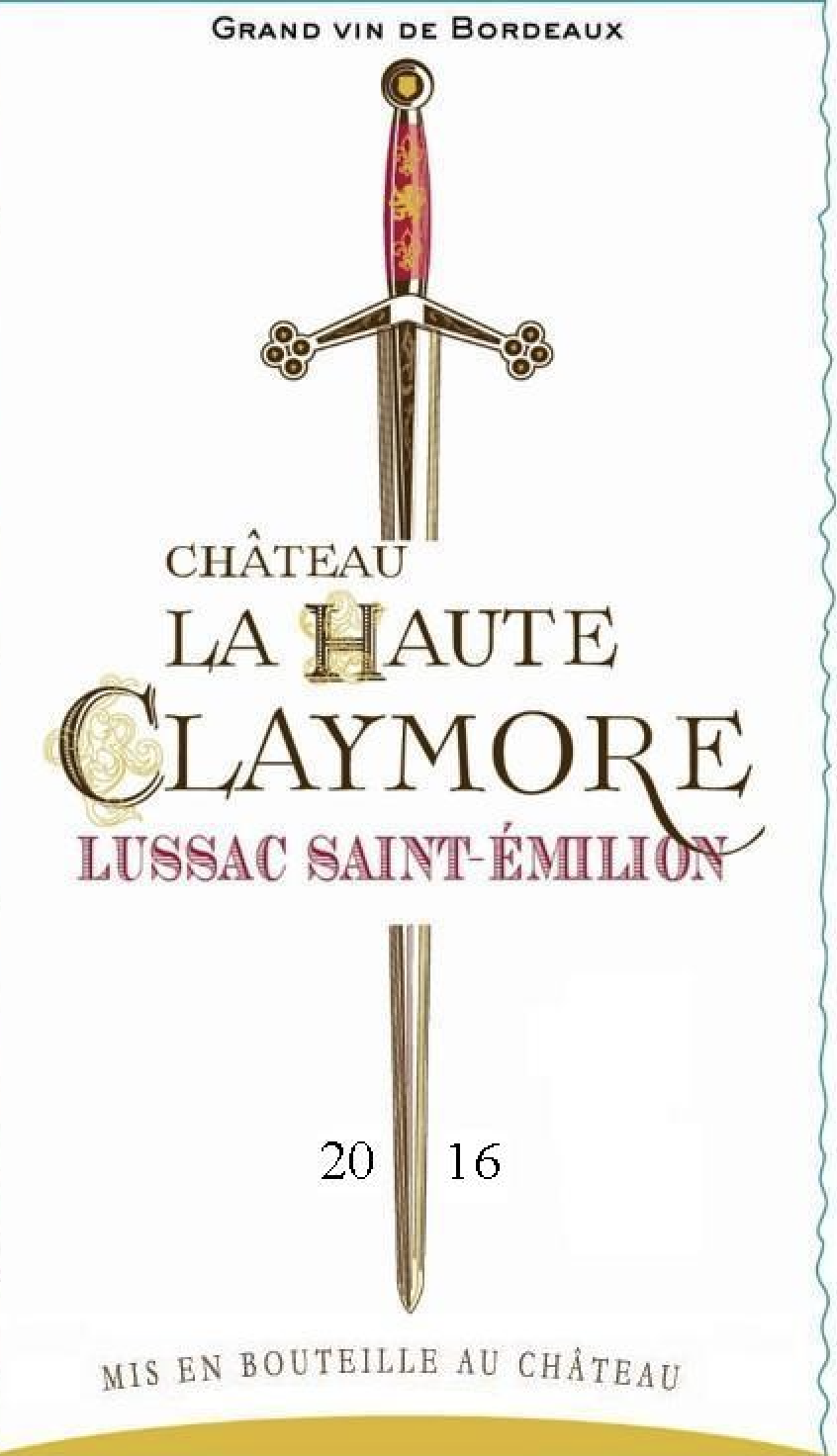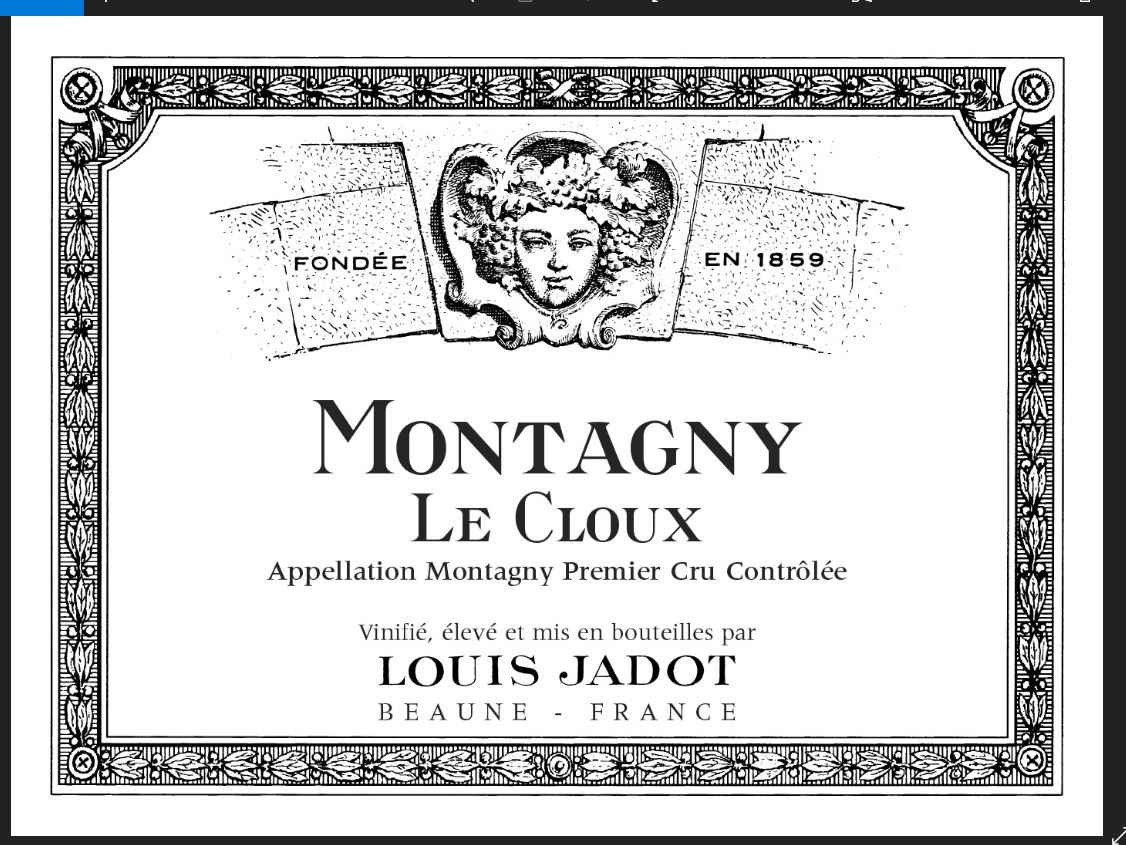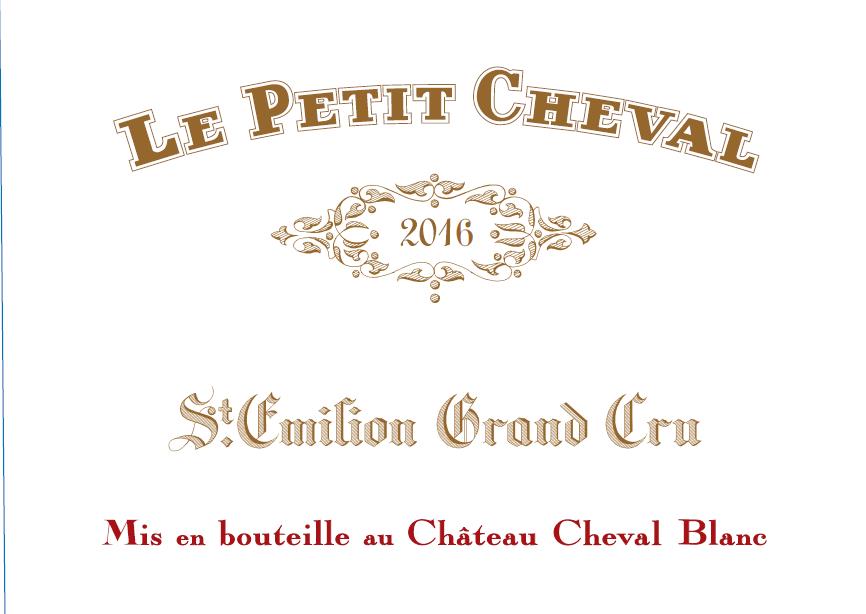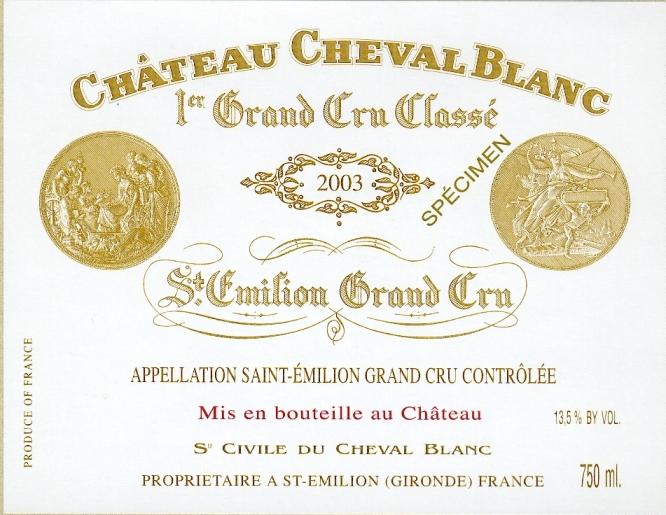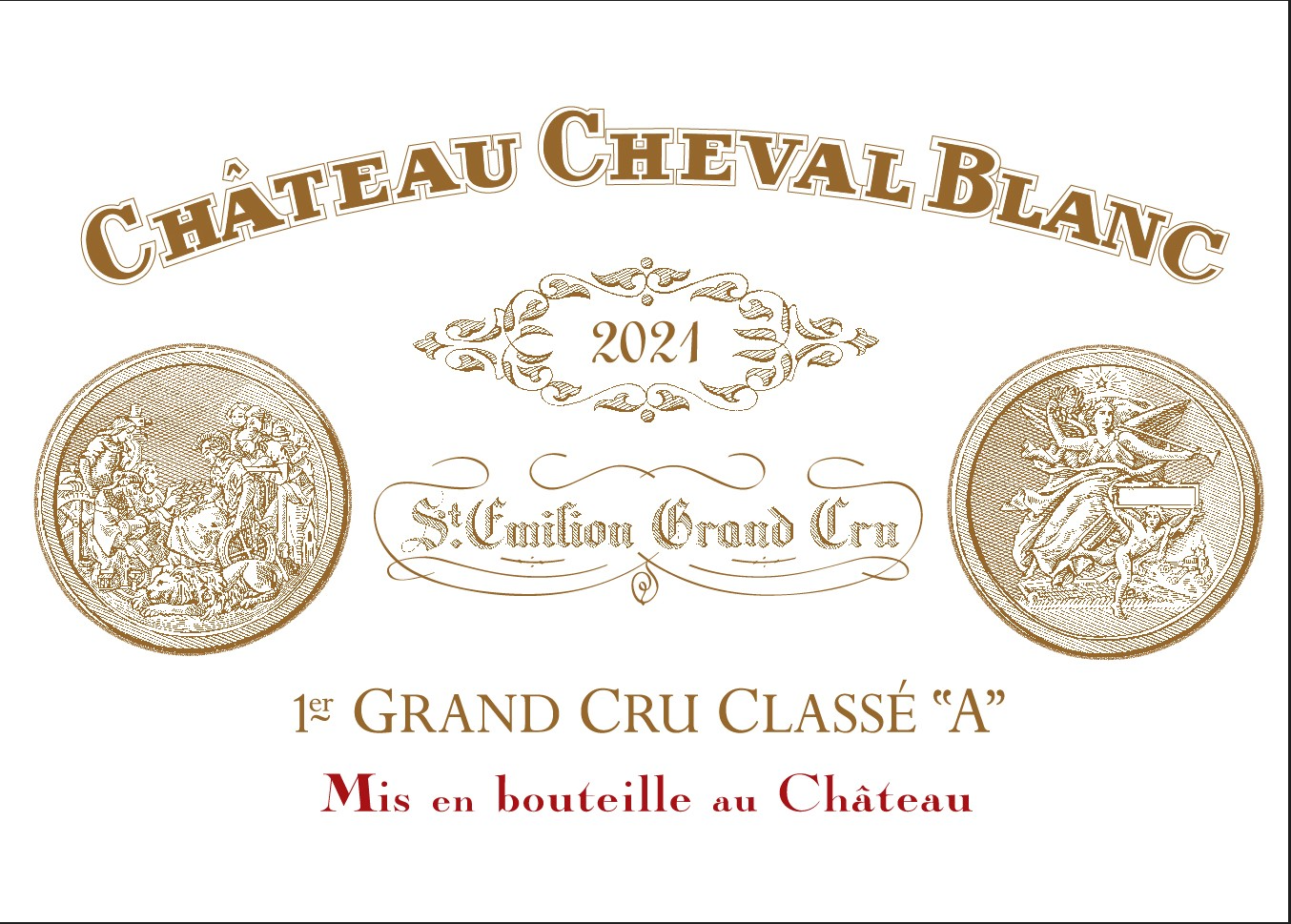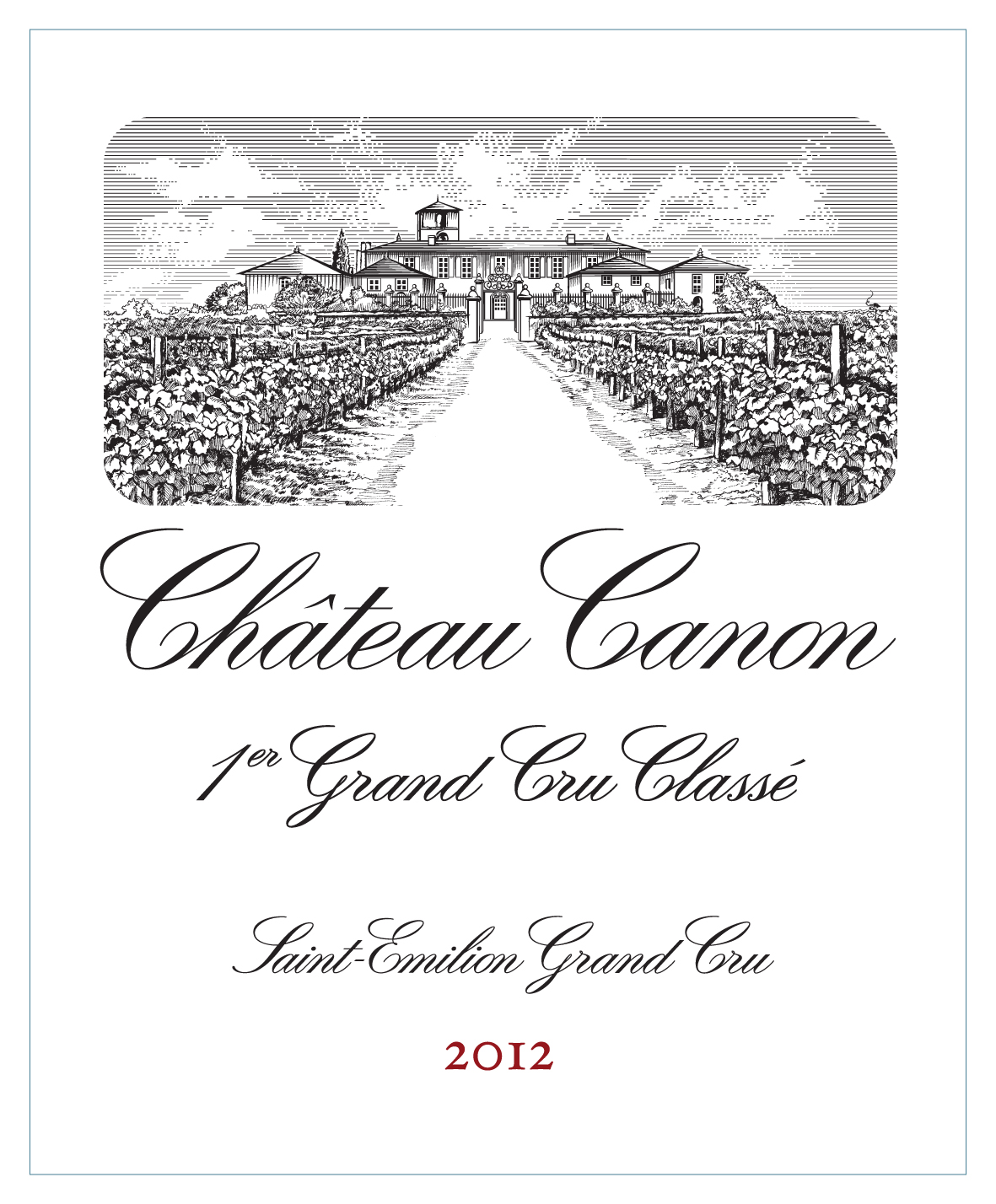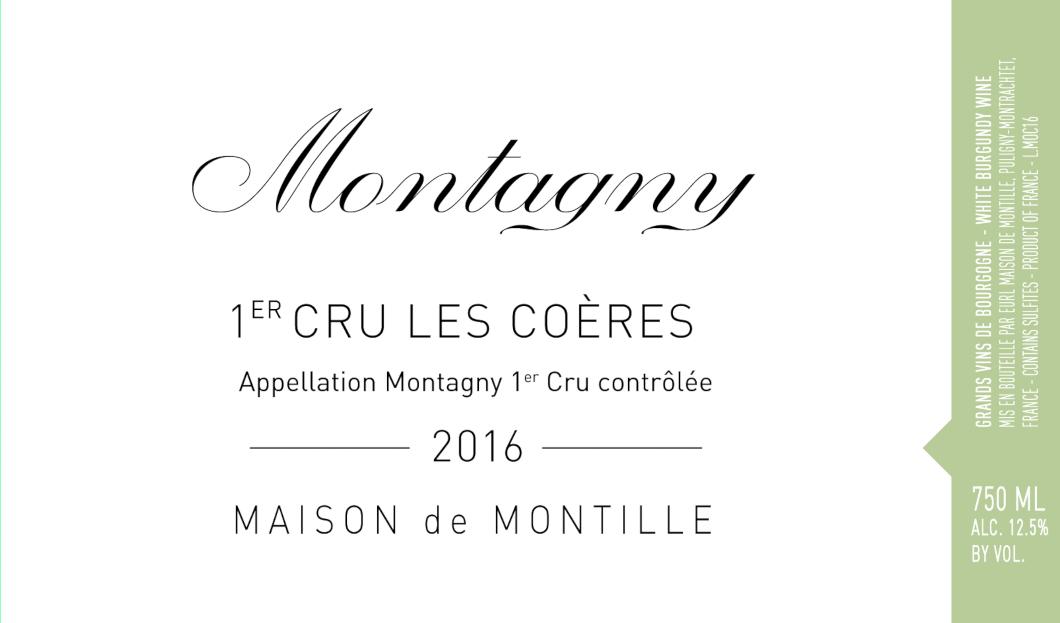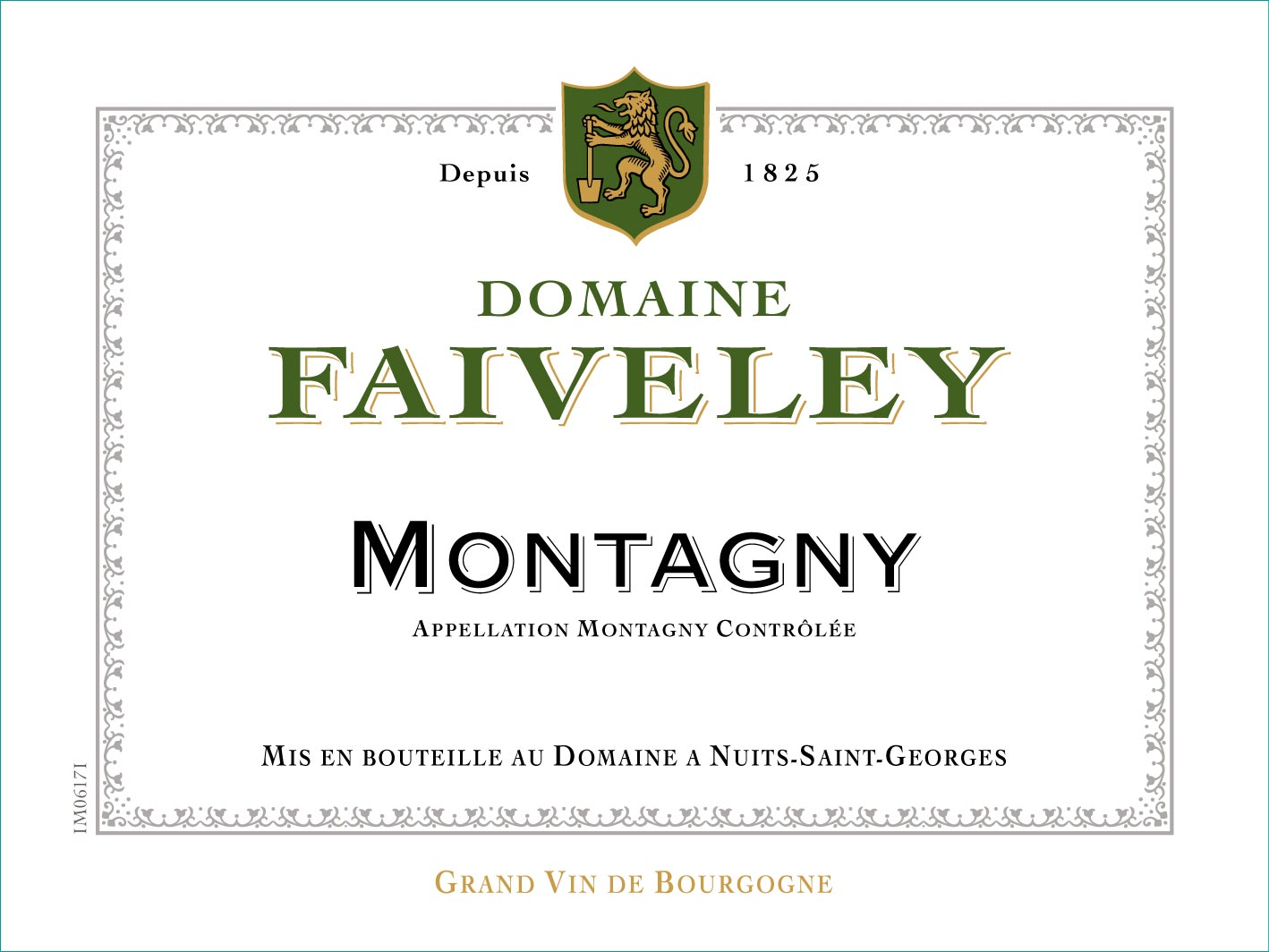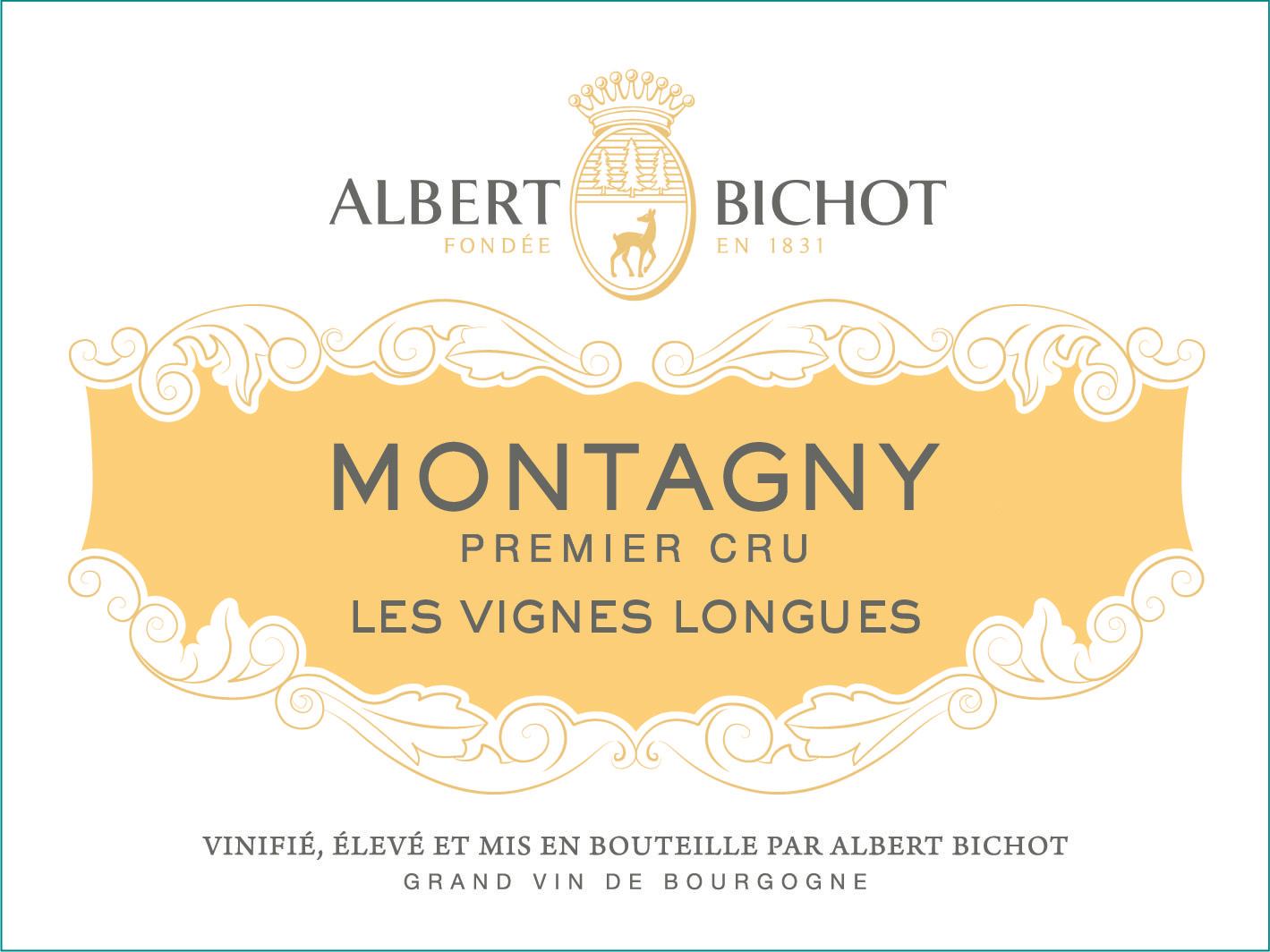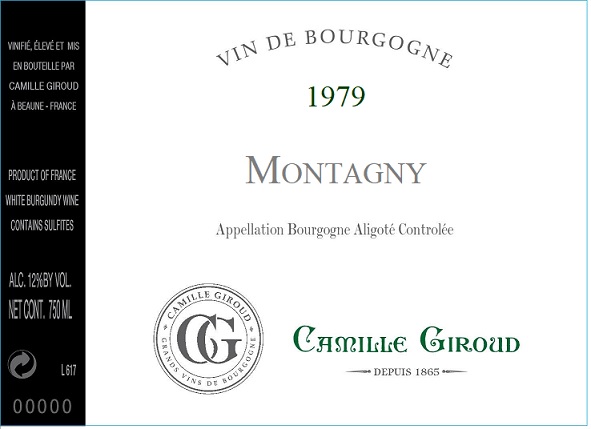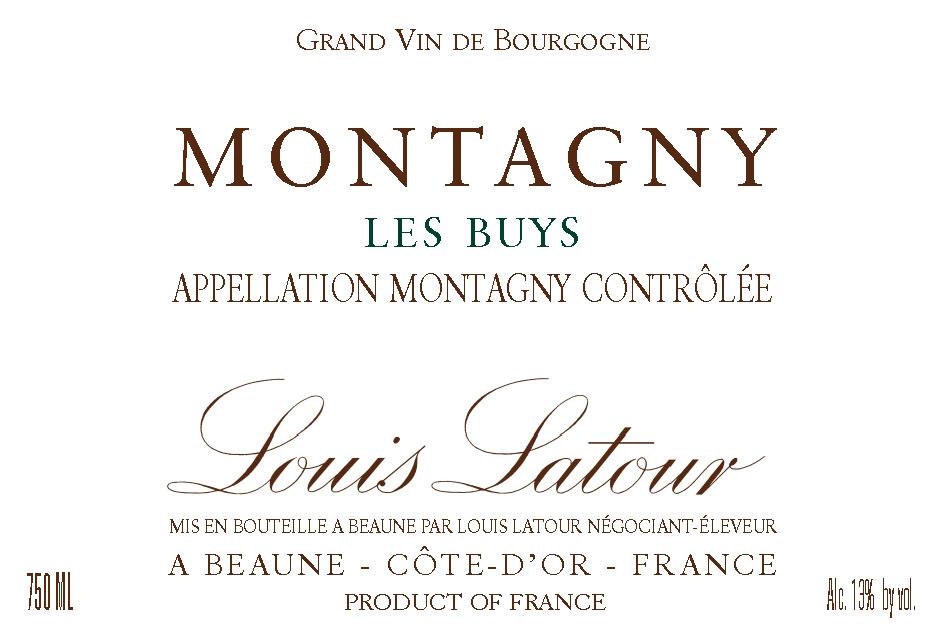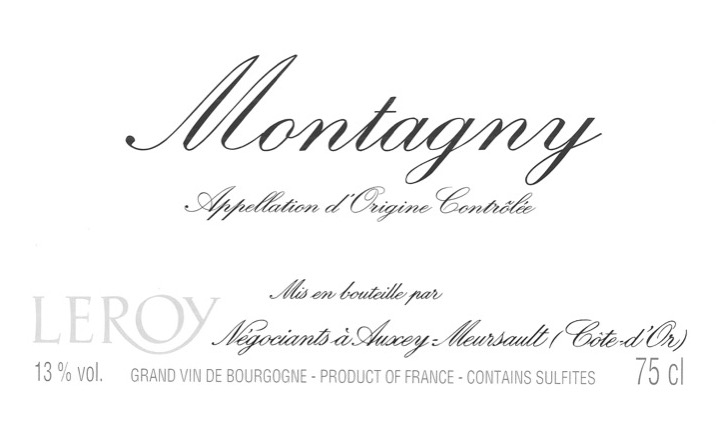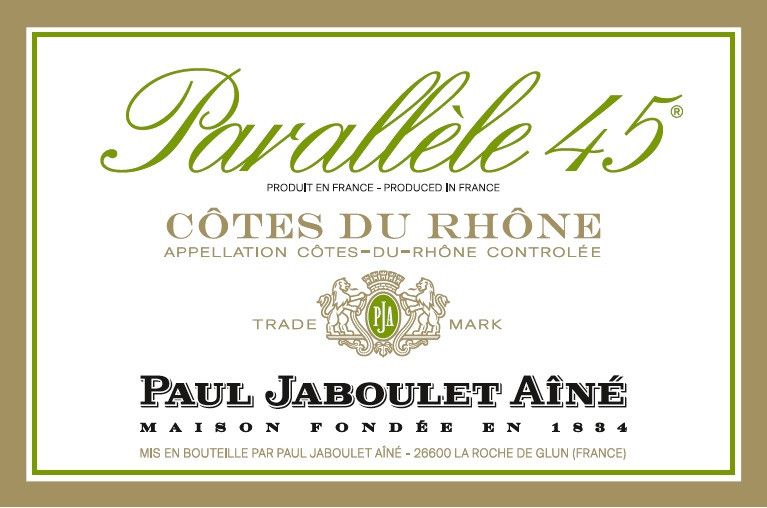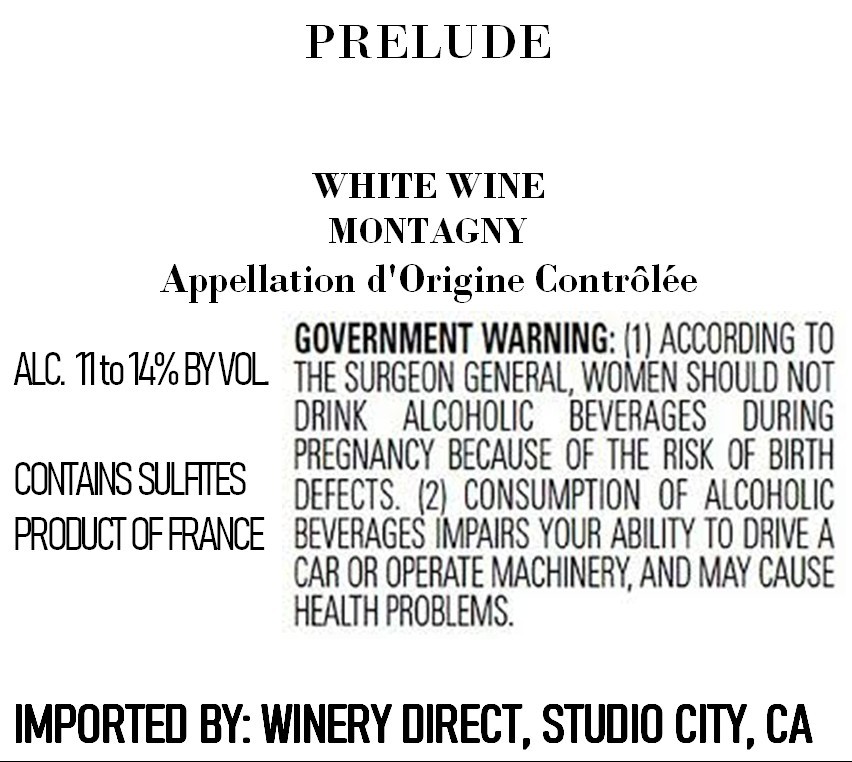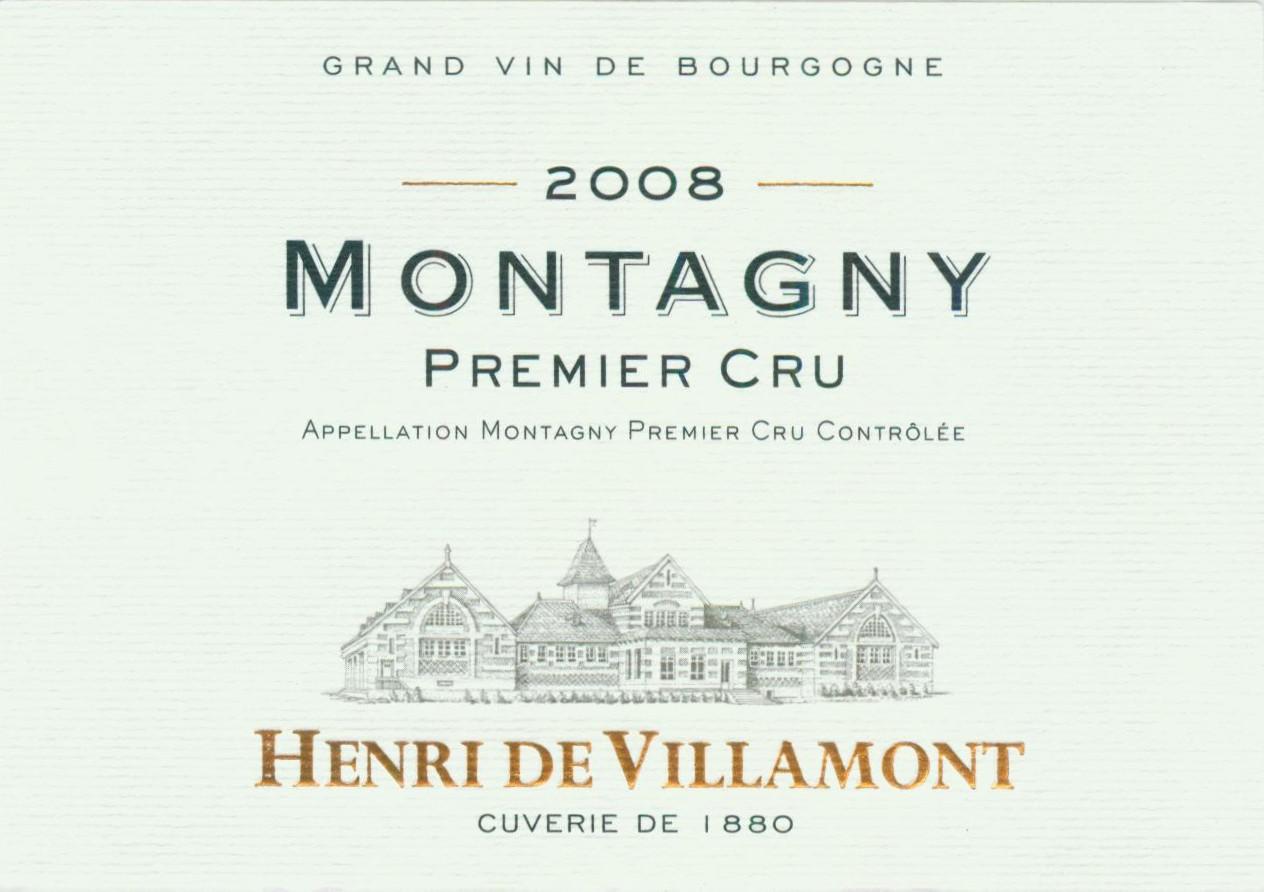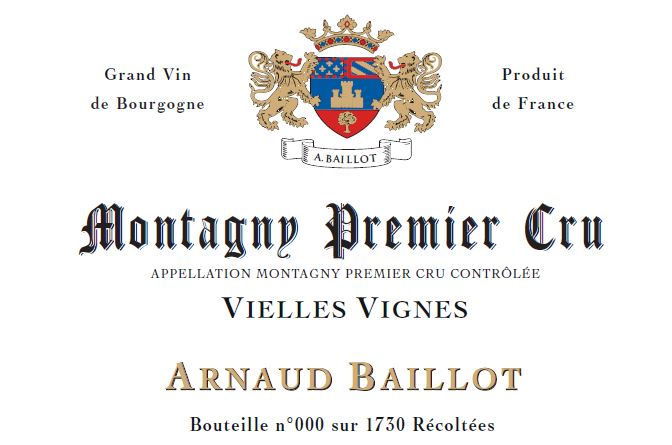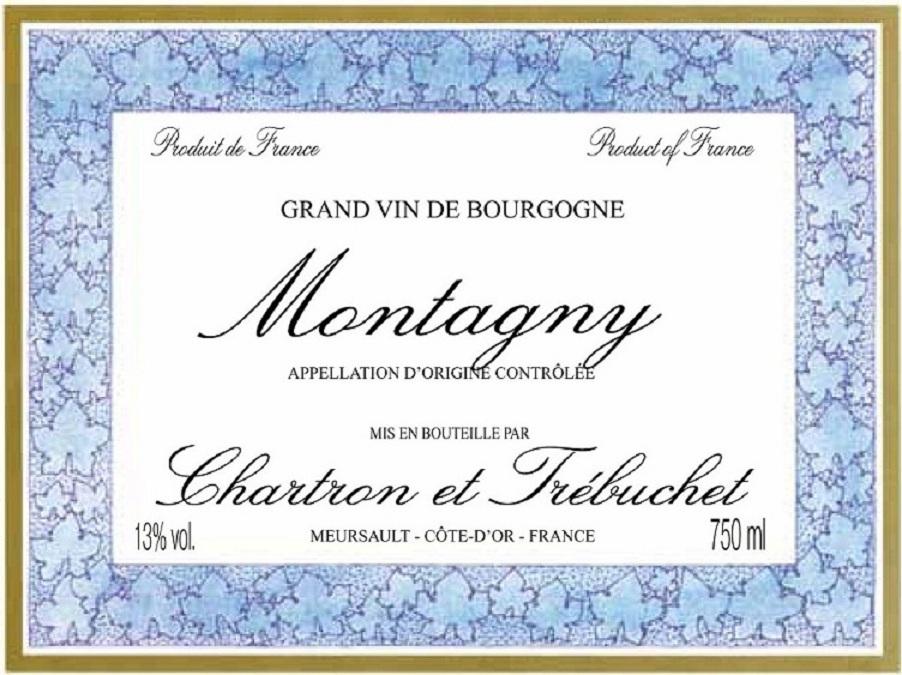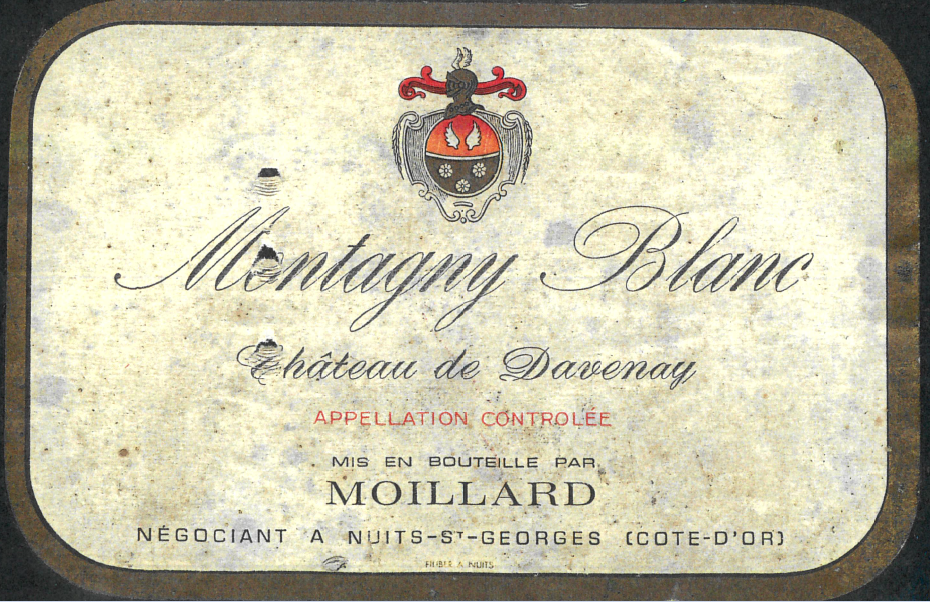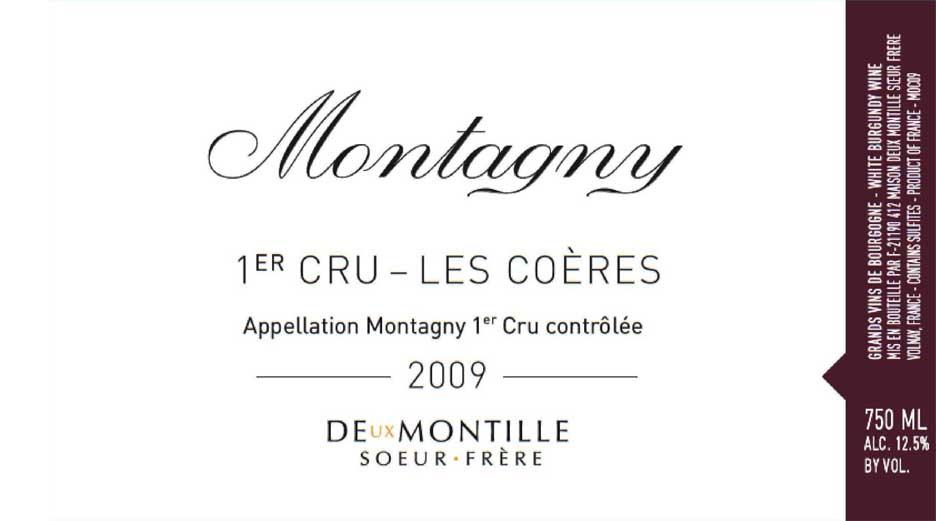Signature Saint-Émilion Wine Styles & Grape Varieties
-
Merlot: Makes up the majority of plantings, producing full-bodied wines with flavors of blackberry, plum, and cherry. The cooler clay-limestone soils contribute earthy or licorice notes, with a smooth texture that is enjoyable even when young.
-
Cabernet Franc: Known for its red-fruit aroma, spicy and floral notes, and firm tannic structure, particularly when grown in gravel or clay-limestone soils.
-
Other Varieties: Small amounts of Cabernet Sauvignon, Petit Verdot, and Malbec are used to enhance color, add spice, and improve aging potential.
Saint-Émilion’s wines are celebrated for their richness and depth, offering concentrated black and red fruit flavors and smooth tannins. While more ready to drink early compared to Médoc’s Cabernet blends, the finest bottles from this region can age beautifully for decades.
Terroir of Saint-Émilion
Saint-Émilion's terroir is a mix of different soils and climates that create its famous wines. The region has a central limestone plateau, clay-limestone slopes, and sandy plains. Vineyards on the limestone and gravel areas of the plateau make some of the best wines, while older gravel terraces to the north produce wines with strong structure.
The climate is moderately maritime, with cool winters and warm, sunny summers. Annual rainfall is between 900 and 1,000 mm, with helpful spring and autumn showers. Atlantic breezes cool the summer heat, but spring frost and hail are risks. Growers use methods to protect against frost and hail. The varied soils and microclimates of Saint-Émilion make cooler clay-limestone areas perfect for Merlot, while gravel soils are better for Cabernet varieties.
Notable Wineries in Saint-Émilion
Saint-Émilion is famed for its esteemed wine estates and illustrious producers, each contributing to the region's distinguished reputation. Among the elite, Château Cheval Blanc stands out, revered for its refined Cabernet Franc blends that age gracefully. Château Ausone, with its limestone-rich vineyards, crafts ethereal wines celebrated for their longevity. Château Pavie, perched on a notable hillside, offers wines that are both concentrated and opulent. Château Angélus is renowned for its deeply spiced Merlot blends from clay-limestone vineyards. Château Figeac, with its gravelly terroir, surprises with its Left Bank-like structure due to a significant Cabernet presence.
These prestigious estates often welcome visitors, providing insights into their winemaking philosophies. Beyond the renowned names, Saint-Émilion boasts many smaller domaines and cooperatives, offering authentic wines at great value. The region's classification system, regularly updated since 1955, ensures continuous quality improvements, enhancing its global wine stature.
Sustainable Winemaking in Saint-Émilion
In the heart of Saint-Émilion, sustainable practices are embraced by the wine community to protect their cherished land and heritage. Many estates have achieved France’s Haute Valeur Environnementale (HVE) Level III certification, reflecting their commitment to biodiversity, reduced agrochemical use, and efficient water management. Organic farming is widespread, with an increasing number of growers moving toward biodynamic methods, achieving Demeter or Biodyvin labels.
Common practices include using cover crops to enhance soil health, maintaining hedgerows for biodiversity, and recycling winery waste. Climate challenges are met with innovative solutions like frost protection and precision viticulture. By prioritizing sustainable farming, Saint-Émilion not only upholds its prestigious status but also aligns with the growing demand for eco-friendly wines.
Wine Tourism in Saint-Émilion
Saint-Émilion is a captivating destination for wine enthusiasts, offering a journey through time and taste. This medieval village, a UNESCO World Heritage site, is surrounded by vineyards that have thrived since Roman times.
Visitors can explore historic sites such as the Monolithic Church and ancient cellars carved from limestone. The region's well-marked wine routes and trails make it easy to discover on foot or by bike. Wine tastings at renowned estates like Château Cheval Blanc and Château Ausone provide insight into their winemaking techniques.
The vibrant local culture is enriched by events hosted by the ancient wine fraternity, the Jurade. With its blend of esteemed wine production, historic charm, and commitment to sustainability, Saint-Émilion offers a unique wine tourism experience that reflects its rich heritage and stunning landscapes.




